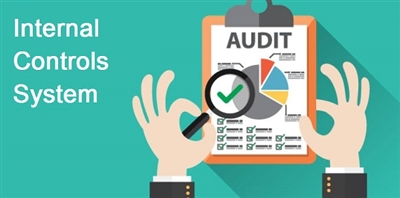Supreme Audit Institutions (SAIs) represent important mechanisms in safeguarding public resources, and the broad authorities of the Comptroller of Israel are intended to, among other things, strengthen good governance. However, evaluating public audit effectiveness and its ability to enhance good governance is complex and often difficult, if not impossible. This article explores modeling to examine audit effectiveness, including an examination of influential factors and a comparison that uncovers the most impactful report type.

The Proposed Model
Creating a benchmark definition for effectiveness was the first step. For this model, effectiveness (E) is the rate of deficiency correction—how many corrective measures were implemented based on audit findings and recommended actions. Next, defining variables that potentially impact audit effectiveness were identified and categorized (categories were based on research, which often cited grouping factors into four broad categories):
Category A: Reciprocal relationship between audit and public and media opinion;
Category B: Reciprocal relationship between audit and legislative authority;
Category C: Reciprocal relationship between audit and executive authority; and
Category D: Audit office work patterns.
Given these variables, measuring audit effectiveness can be calculated using the formula: E=f (A, B, C, D) or ∑i= Ai+ Bi +Ci +Di, where i represents the report type—regular (r) or special (s). The resulting "E" value falls within a range between 0 and 1 (0-100%), where a value of “1” indicates all deficiencies have been corrected, and a value of “0" means no corrections have been implemented.
Putting the Model into Practice
This model was used to specifically evaluate SAI Israel's audit effectiveness, and an equal amount of completed regular and special audit reports (13 each) were examined and compared to provide the basis for the “E” value. Additionally, 15 interviews were conducted, which included sessions with three recent Comptrollers; the former Chairman of the State Audit Affairs Committee; previous managers of the State Control Inspector General Division in the Prime Minister’s office; and relevant internal staff (both managerial and technical).
To create quantitative measures from qualitative information for each category, the following data were used:
• Category A was analyzed using the number of articles published in the press on a specific report;
• Category B was calculated by examining the extent of discussions in designated parliamentary committees;
• Category C was checked by analyzing activities associated with correcting the audit’s identified deficiencies; and
• Category D scoring included analyzing and comparing various parameters within the audit office that may affect audit effectiveness, such as audit work timing, audit frequency and monitoring deficiency corrections. Performing interviews (in-depth, semi-structured) with relevant personnel, both internal and external, helped validate and strengthen findings.
Results
Values calculated for Category A concluded that, on average, interactions between SAI Israel and the media increase special report effectiveness when compared to regular reports;
Analyzing Category B results indicate interactions between SAI Israel and the legislative branch also increase the effectiveness associated with special reports more so than that of regular reports;
On the other hand, Category C results suggest the interactions between the SAI and executive authorities increase regular report effectiveness in comparison to special reports; and
Category D analysis showed that, as a rule, there is no difference (in the context of effectiveness) in how SAI Israel operational patterns impact regular and special reports.
Commissioner of the State Audit of Israel (PHAN THU HIỀN dịch)